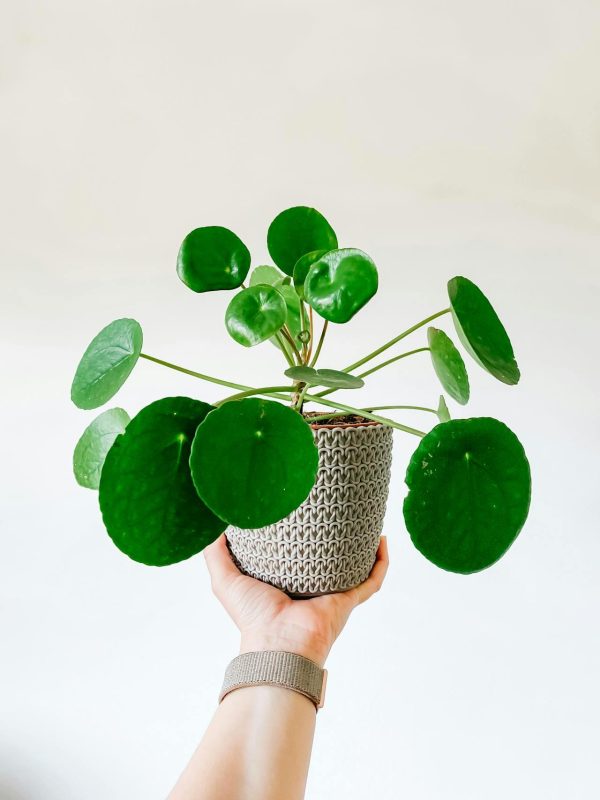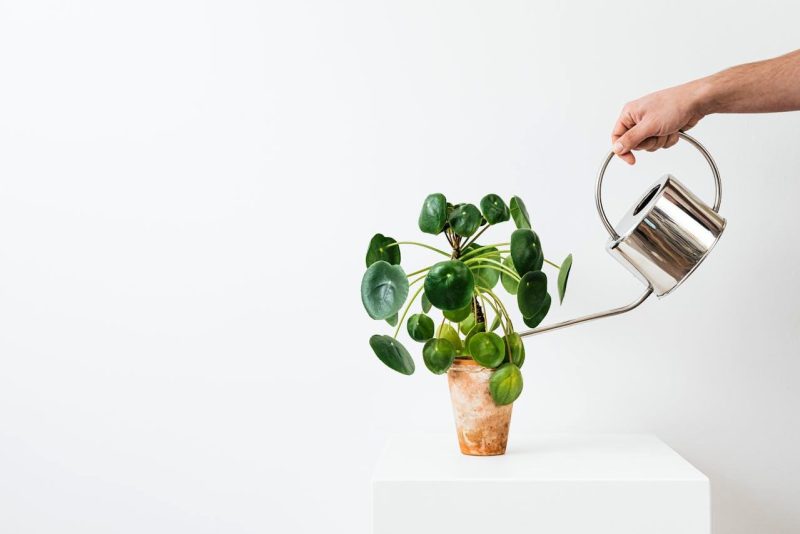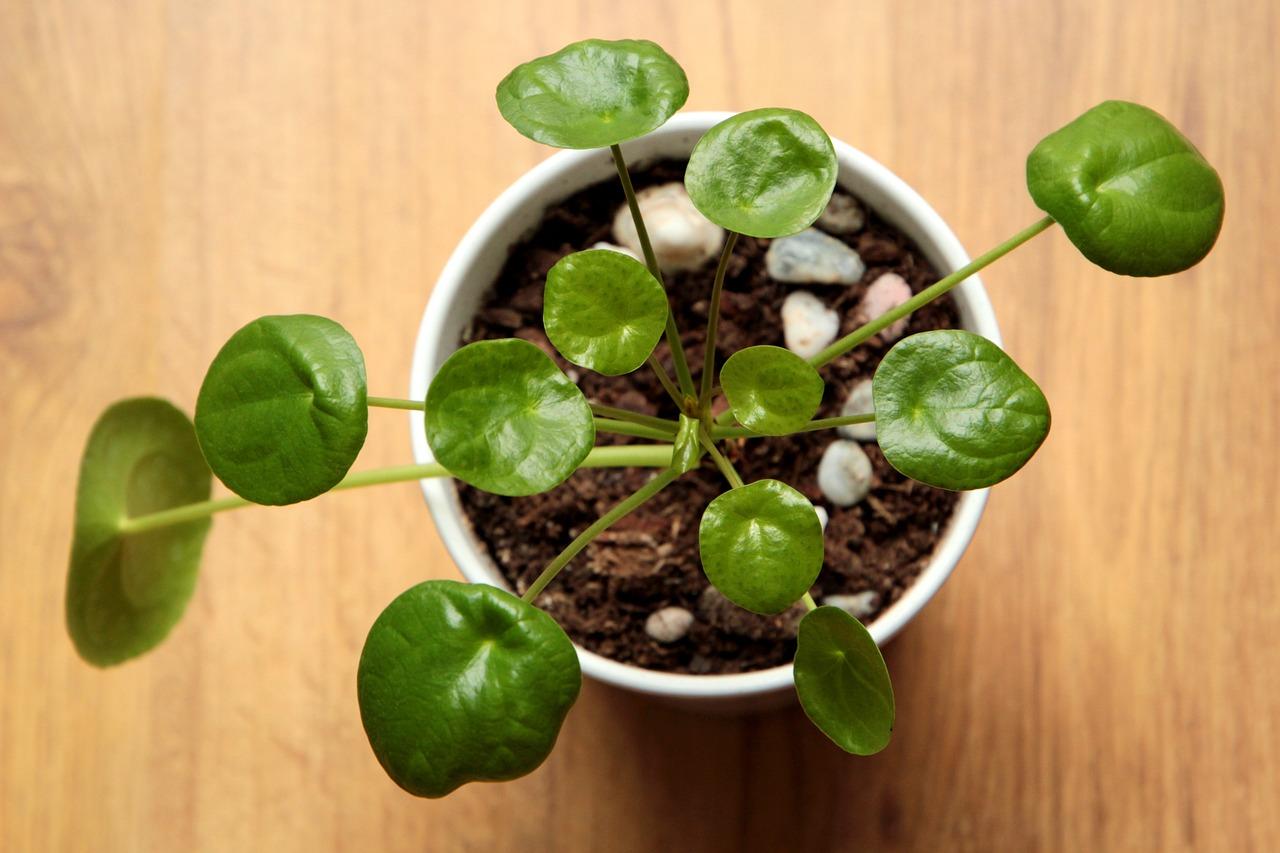Are you mesmerized by the charming round leaves and easy-going nature of the Chinese Money Plant? Also known as Pilea Peperomioides, this delightful houseplant has gained a loyal following in recent years, thanks to its unique appearance and ease of care.
If you’re looking to expand your greenery collection or share this lovely plant with friends, propagating your Chinese Money Plant is a rewarding and straightforward process. This guide will walk you through everything you need to know about propagating this beautiful plant.
Understanding the Chinese Money Plant

Before you get started, let’s briefly introduce the Chinese Money Plant. Native to the Yunnan Province of China, this plant has become a popular choice for indoor gardening due to its low maintenance requirements and striking visual appeal. The round, coin-shaped leaves resemble little green pancakes, giving it its nickname. In addition to being aesthetically pleasing, Pilea is believed to bring good fortune to its owners—a great motivational reason to propagate!
Why Propagate?

Propagating your Chinese Money Plant allows you to create new plants from the existing one, which can be a fun project. It’s a cost-effective and sustainable way to increase your plant collection or share the joy with friends and family. Plus, propagating your plant can promote bushier growth in the parent plant!
When to Propagate
The best time to propagate your Chinese Money Plant is during the spring or summer months when it is actively growing. During this time, the plant will be more resilient and will root more easily. However, if you get the hang of it, you can propagate at other times of the year as well.
How to Propagate Your Chinese Money Plant
There are two primary methods for propagating a Chinese Money Plant: leaf cuttings and offsets (pups).
Method 1: Offsets (Pups)
Chinese Money Plants produce tiny offsets, or pups, that grow at the base of the plant. This method is often the easiest and most successful way to propagate.
What You’ll Need:
A mature Chinese Money Plant with pups
A clean, sharp knife or pair of scissors
A small pot with drainage holes
Potting soil (preferably a well-draining mix)
Steps:
Identify the Pups: Look for small plants growing at the base of your Chinese Money Plant. These will typically have their own roots.
Prepare Your Pot: Fill a small pot with fresh potting soil. Make sure it has drainage holes to prevent waterlogging.
Separate the Pup: Carefully remove the parent plant from its pot and gently separate the pup from the main plant. Make sure the pup has some roots attached.
Plant the Pup: Create a small hole in the potting mix and place the pup in it. Lightly press the soil around it to secure it in place.
Watering: Give the new plant a light watering, ensuring that the soil is moist but not soggy.
Provide the Right Conditions: Place the pot in a bright spot with indirect sunlight. Keep the soil consistently moist but not oversaturated.
Care for Your New Plant: After a few weeks, you should notice new growth, indicating that the pup is settling in. Continue with regular care by watering when the top inch of soil dries out.
Method 2: Leaf Cuttings
While less common, propagating from leaf cuttings can also be done.
What You’ll Need:
A healthy leaf from the parent plant
Clean, sharp scissors
A small jar of water or a pot with potting soil
Steps:
Select a Leaf: Choose a healthy leaf that is vibrant and free of any blemishes.
Take the Cutting: Using clean scissors, cut the leaf at the base, leaving a small portion of the stem attached.
Rooting in Water: If you’re using a jar of water, place the cutting upright in the jar, ensuring that the cut end is submerged. Change the water every few days to keep it fresh. You should see roots forming in about 2-4 weeks.
Rooting in Soil: If you prefer soil, plant the cutting directly in a small pot of moist potting mix. Water gently and cover with a plastic bag to maintain humidity until it roots.
Transplanting: Once roots have developed, you can transplant the new plant into a larger pot.





